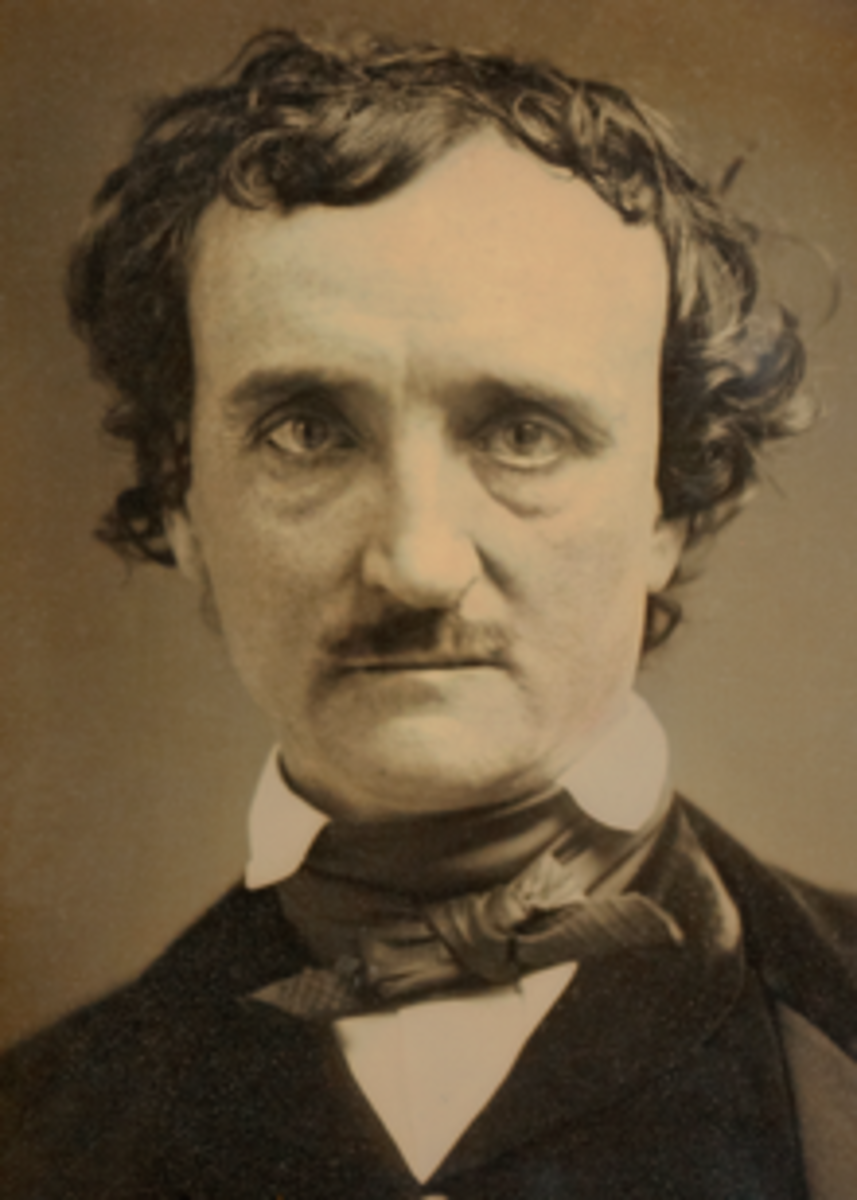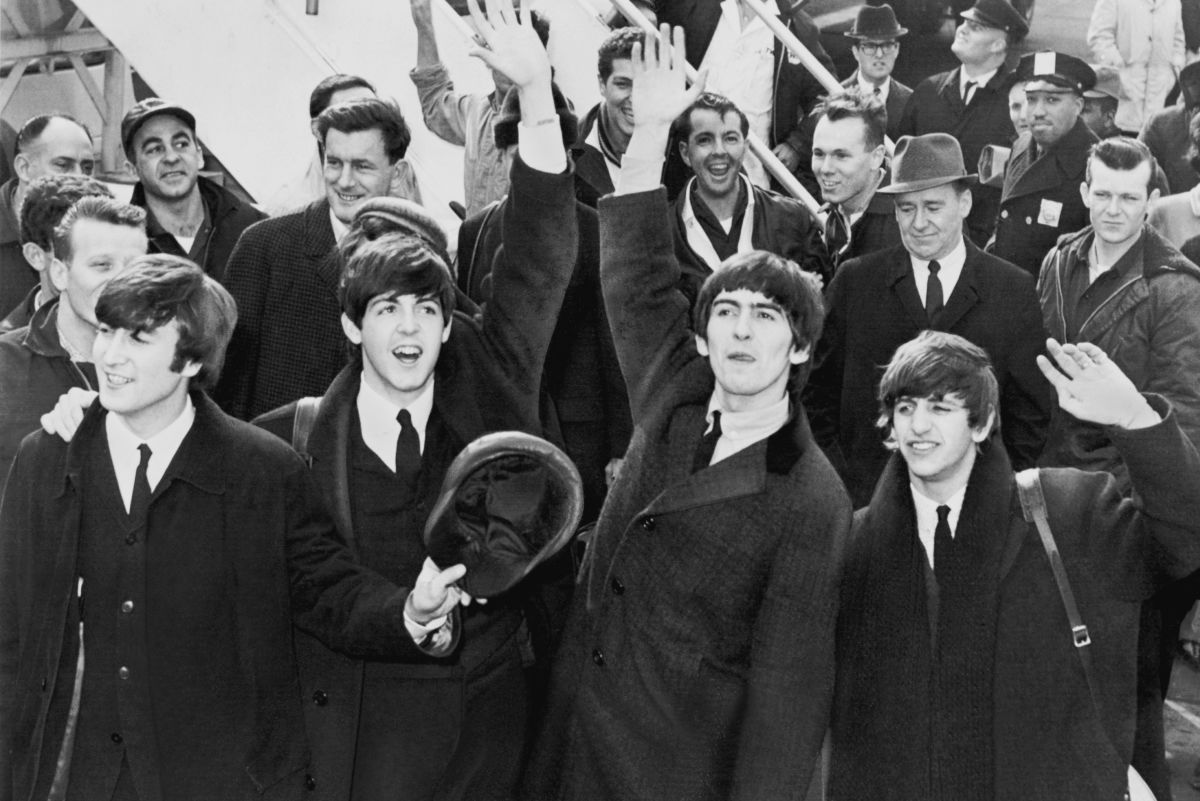Thus Quoth The Raven... Turning E. A. Poe into Mainstream Music
Nevermore...
Virtually every student from the 7th grade on has had to read and interpret the works of genius/madman Edgar Allan Poe at some point in their scholastic career. Entire courses of study at the university level delve into his works, professors making their livelihood expounding on the assorted words and stories, poems and works of Poe to any who will listen. But to my knowledge, only one has gone where others had never trod: creating an album from assorted Poe masterpieces. And not just an album; a masterpiece of his own.
Alan Parsons was an 18 year old wet behind the ears young man who somehow found himself working on The Beatles Abbey Road album. From there, he worked individually with Paul McCartney and The Hollies before getting his big break on Pink Floyd's The Dark Side Of The Moon. It was on this classic album he received his first Grammy Award nomination and the world took notice of his obvious talent. This talent lent itself to his input on such songs as Al Stewart's "Year Of The Cat" and "He Ain't Heavy, He's My Brother" and "The Air That I Breathe" for The Hollies.
In 1976 Parsons and his group The Alan Parsons Project released "Tales of Mystery and Imagination by Edgar Allan Poe" to a public which had never experienced music like this before. In 1973 the Edgar Winter Group had released "Frankenstein", an instrumental work based upon Mary Shelley's "Frankenstein" . Then in 1974 Rick Wakeman re-imagined Jules Verne's "A Journey To The Center Of The Earth" into a vast instrumental extravaganza which caught the ear of some of the mainstream public. I remember listening to it on the old Midnight Special as a young teenager and being amazed with this work. But then, in 1976, Parsons came along and completely bypassed the others who had been influenced by classic works of literature with his Tales album.
Tales of Mystery and Imagination
Some of Poe's works were published in a collection entitled Tales of Mystery and Imagination and it is from this collection that Parsons gets his inspiration for the album. Featuring others that Parsons had worked with including the entire band's Pilot and Ambrosia among others, Parsons created a musical masterpiece from a selection of Poe's works. The Raven, A Cask of Amontillado, A Dream Within A Dream, Doctor Tarr and Professor Feather, and even The Tell-Tale Heart come alive in a manner that the written word was unable to.
A Dream Within A Dream
The first song on the album is A Dream Within A Dream. Featuring that master orator Orson Welles as the narrator leading into the song, Parsons weaves a simple yet elegant musical event that begins simply, grows patiently to a crescendo before tailing off once more. He adds an instrument every few seconds until he reaches a point of perfection then slowly pares away each sound until you are left with...
A single, solitary beat.
A few seconds of that leads into the next song seamlessly.
The Raven
I will state here and now, The Raven is perhaps my favorite Poe work. Haunting, melancholy, everlasting its words one is unable to forget. Nevermore. I never fail to see a large, black Crow seated somewhere that I recall these words spoken to the man at the center of the work. Parsons flows effortlessly from Dream into The Raven and builds once more from a single note to a mind numbing level with Romeo and Juliet lead actor Leonard Whiting blasting out the final lyrics before quieting once more to the lasting word "Nevermore" as the music fades to nothingness. It is perhaps the perfect blend of art to music and even though it is categorized as Rock and Roll, this is nothing of the like. There is no genre that can contain this song.
The Tell-Tale Heart
Perhaps Poe's best known work, The Tell-Tale Heart tells the tale of a murder and its subsequent haunting on the man who committed the crime. Parsons sets the stage with a murderous beat featuring a rapid baseline and bass drum double beat simulating a heartbeat that refuses to subside. Throughout the song, that beat continues: unfailing, unrelenting, maddening. Screams of terror and madness highlight portions of the song perfectly reflecting the author's growing madness at the guilt of his crime and the covering up of the murder. At one point during the song the heartbeat fades to near nothingness only to return louder and stronger with the music and vocals bordering on the maniacal than at any previous point thus indicating it will never leave the poor soul who killed it alone. Parsons is brilliant here in his depiction of Poe's art.
The Cask Of Amontillado
The next song is a break from the madness of Heart in its simplicity and soothing beginning. The singer croons for his comrade to come down below and sample a wonderful cask of Amontillado he has come into ownership of. The comrade is a hated person and revenge is the only subject on the singer's mind. Unwittingly the comrade becomes intoxicated before being chained in a dark cubbyhole in the basement. Befuddled with drink he can only ask "What are these chains that are binding my arms?" as he is slowly being walled into place, brick by brick. Eventually he becomes aware of his situation but it is too late, and he is left to wither and die, alone in the darkness behind the brick facade, never to be seen again. As the wall is going up the conversation becomes increasingly desperate as the alcohol wears off but the man is unrelenting in his revenge upon the man he perceives to have wronged him a thousand times. Again Parsons captures the intent of the work flawlessly and presents to the audience a perfect musical interpretation of what the author created.
(The System Of) Doctor Tarr and Professor Fether
I do believe my favorite work on this album is Dr. Tarr and Prof. Fether. The original who's in charge of the nuthouse work, the song represents the thrust of Poe's work wonderfully. A man riding to visit a sanitarium that has made great strides in how to handle the insane arrives and is invited in. He sees some rather peculiar sights as he looks around but nothing to compare with what he sees at dinner when a pair of frightening individuals crash into the party. Covered from head to toe in tar and feathers he comes to grips with the realization that these are the persons who were in charge but have been overtaken and "tarred and feathered" and are the representations of those inmates who reflected on Dr. Tarr and Professor Fether as being the ones who took care of them.
Of course, he might not escape the clutches of the inmates now.
Lively, upbeat and filled with a variety of musical form and voices, this song is representative of the incredible works Parsons has within his mind. Imaginative and unforgettable, the song carries you along with it as you go from visitor to captive who only needs wine and good company.
If one listens closely at the end, one will hear the melodies of A Dream Within A Dream and The Raven blending with the finishing notes of this song.
The Fall of the House Of Usher
Parson undertakes this work and again presents a wonderful work of art in his own right. Far reaching, broad and long one travels through no less than five (5) independent works as the song progresses. Ranging from over seven minutes to under a single minute, Parsons creates a world in which you the listener can reside and experience his artistry. From Prelude to Arrival to Intermezzo to Pavane to Fall the listener is carried ever onward to the eventual fall. Orson Wells wonderful voice appears once more here to augment the work.
To One In Paridise
The final song on the album is a fitting end to the album. It brings the journey to a close and allows one to reflect upon said journey. Parson has reached the end of the album and says adieu to us all. But one must recall the journey and understand that nothing they have ever listened to before can be related to this; it is completely new and fresh, and we may never know such a work again in our lives.
In Closing...
Give a listen to this wonderful album and enjoy it. Parsons never again attempts to reconnoiter with Poe again, instead moving on to more mainstream although still imaginative music. For some forty years I have listened to this album and have yet to grow tired of it. To me it stands up to the very best of Classic Rock such as Led Zeppelin II and The Eagles Desperado to name but two. All three feature one of a kind music that defines who the bands were at that point in their lives, thus leaving us with timeless works to enjoy indefinitely.










